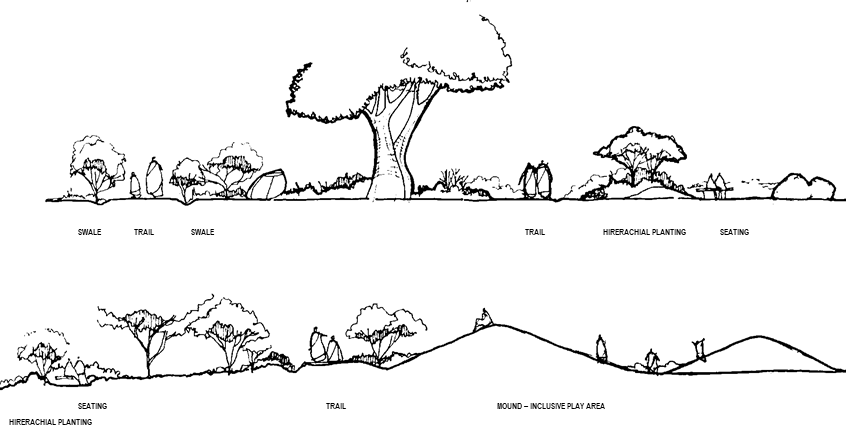17
Aug 2022
Inclusivity in Everyday Architecture
Darwin’s theory of ‘survival of the fittest’ has its bearing on how species interact and affect the population. This evolution theory has had the human race- who through the process of elimination has adversely affected the rest. This is at a scale where if life on earth equates to a year; the existence of the human race is merely the last 15 minutes of December 31st. Thus it becomes imperative for us as a race to retrospect the choices we make and go slow with our path to annihilation or doomsday. Being considerate to others comes to what is largely termed as being inclusive. Inclusive, the practice or policy of providing equal access to opportunities and resources for people who might otherwise be excluded or marginalized (Oxford languages).
This discussion is part of what may follow as a series identifying the various aspects of inclusivity or Inclusive design. A recent unfortunate event brought me face to face with the insensitivity towards accessibility to most establishments. A serious injury left me dependent on a walker after a month of recuperation. To only realize that access to most of the establishments from work to the regular leisure as well as everyday outlet became a challenge. Though few of these are facilitated with a ramp – but most of them are too steep for a walker let alone a wheelchair to climb without assistance. It became an exercise to do the research before I decided to venture out- universal accessibility in most cases was a namesake. The internationally recognized brands – banks, clothing outlets are compelled to the standards provided the access and if were unable to do the same apologized with a note citing the limitation of the space. But when it comes to national establishments it was appalling to notice the disregard the need to address the necessity for universal accessibility. A city where every square inch of space costs a fortune and thus is equatable to profit and loss makes it evident that the lack of accessibility for all will be the first thing to be compromised. The probability of the numbers and that considered as “normal” hence is governed by Darwin’s theory. However, is this the right thing to do?
Universal accessibility has been, over the years, a practice in design schools. But is it merely the practice as usual with a ramp being an indication of addressing the inclusive design- or is there a thorough need to understand human centric design? I would not say that the national governing bodies are turning a blind eye – but its implementation at grassroot level needs a herculean effort.
Ar. Anuj Gudekar,
Assistant Professor, LSRSoA
For more information in our other Architecture and Interior Designing Courses, visit the following course details:



